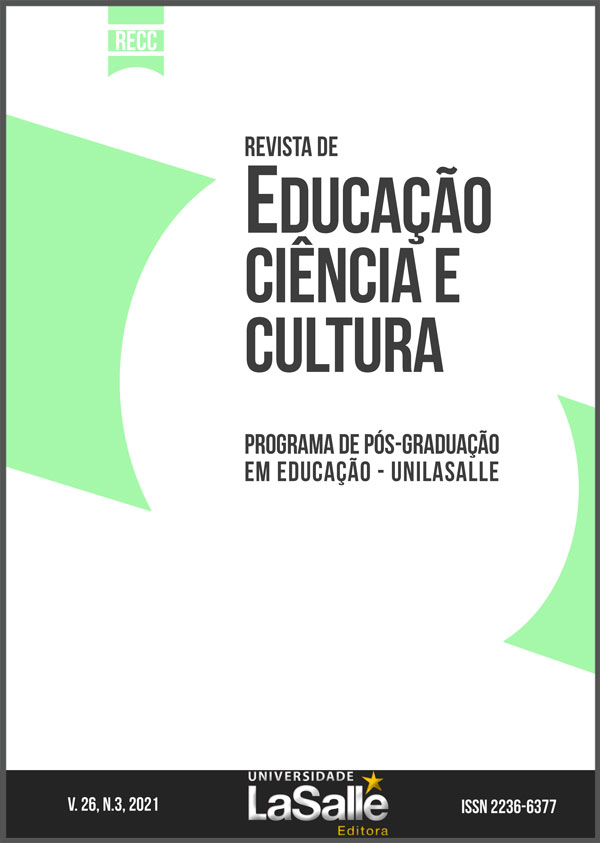Torém of the Tremembé indigenous people: symbolic and cultural perceptions
DOI:
https://doi.org/10.18316/recc.v26i3.8336Keywords:
Tremembé, Torém, Symbols, Culture, FenomenologyAbstract
The Tremembé indigenous people are present in the state of Ceará in three municipalities (Acaraú, Itarema and Itapipoca), being an ethnic group recognized, above all, for its sacred ritual, the Torém. Thus, we conduct ourselves to carry out in this research a phenomenological approach, in order to unveil the symbology that involves this ritual. The use of phenomenology consisted in conducting interviews recorded through audios and videos with nine indigenous people in which they were free to express themselves as they wished. For this, some questions were raised: What are the symbols involved in the Torem ritual? What aesthetic meanings are attributed by the Tremembé in relation to this ritual? What are the meanings, knowledge and symbolic implications of the Torem ritual? We aim to reflect on the symbologies and knowledge expressed in Toré, unveiling it from the speeches of the Tremembé. We justify the importance of this research by focusing on the visibility of the indigenous peoples of the Northeast, in addition to the lack of a broader range of research on the Tremembé people. The text, initially, gives a historical account about the Torem. Later, we will approach the methodological path, the meanings and the unveiling of symbology in the ritual. The Toré is cut out in this writing by the different perspectives and looks of the speeches of the subjects who walk in a single direction, in which the Toré is the poetic and historical logus of the ethnic tradition and knowledge of this people. Thus, it is clear in the speeches that Toré extends itself as a knowledge that crosses the indigenous schools of the Tremembé. We conclude that the symbolic knowledge discussed, as well as the knowledge about culture, allow us sensitive meanings that expand the possibilities of knowledge based on a phenomenological narrative. Finally, a brief phenomenological reduction is made in the final considerations giving an account of the objects and acts reflected in the essences of the Torem.
Downloads
Published
Issue
Section
License
Authors must submit their manuscripts to be published in this journal agree with the following terms:Authors maintain the copy rights and concede to the journal the right of first publication, with the paper simultaneously licensed under the License Creative Commons attribution that permits the sharing of the paper with recognition of authorship and initial publication in this journal.
Since the articles are presented in this journal of public access, they are of free use, with their own attributions for educational and non-commercial purposes.
The Periodic Journal of Education, Science and Culture in http://www.revistas.unilasalle.edu.br/index.php/Educacao was licensed with a Creative Commons - Attribution - Noncommercial 3.0 Not Adapted.


